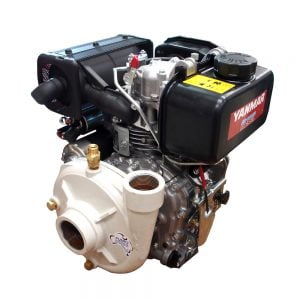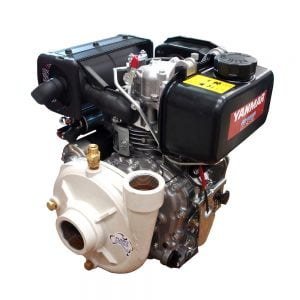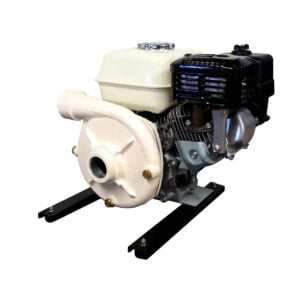Fuel Transfer Pump
Can’t find what you’re looking for?
Can’t find what you’re looking for? Try our quick selection guide!
Showing 1–12 of 36 results
-

CI15-HYD – 1.5″ Diesel Transfer Pump Hydraulic Driven
$3,139.95 (Inc. GST) Select options -

CI15 GP200 – 1.5″ Diesel Transfer Pump
Read more -


CI15 L48 Yanmar – 1.5″ Diesel Transfer Pump
Read more -


CI20-HYD – 2″ Diesel Transfer Pump Hydraulic Driven
$3,260.95 (Inc. GST) Select options -



CI15 K45 Kohler – 1.5″ Diesel Transfer Pump
Read more -


CI15 GX200 Honda – 1.5″ Diesel Transfer Pump
$2,171.95 – $3,079.45 (Inc. GST) Select options -


CI20 L48 Yanmar – 2″ Diesel Transfer Pump
Read more -



CI20 GP200 – 2″ Diesel Transfer Pump
Read more -



CI20 K45 Kohler – 2″ Diesel Transfer Pump
Read more -


CI20 GX200 Honda – 2″ Diesel Transfer Pump
$2,292.95 – $3,200.45 (Inc. GST) Select options -


CI30 GX390 Honda – 3″ Diesel Transfer Pump
Read more -


CI30 L100 Yanmar – 3″ Diesel Transfer Pump
Read more
Can’t find what you’re looking for?
Frequently Asked Questions - Fuel Transfer Pumps
Can these pumps transfer petroleum?
It’s not recommended for our fuel transfer pumps to be used with petroleum products. Due to the volatile nature of petroleum, the user’s safety can be compromised if you choose to use it with fuel transfer pumps.
Does using a fuel nozzle matter?
Yes, using a fuel nozzle does matter when using with a fuel transfer pump. Due to the nature of how a fuel nozzle works, there is potential danger to dead head the fuel transfer pump. This means a more robust fuel transfer pump is required. We highly recommend using a Cast Iron housing style pump for this exact reason, it’s also recommended to run a return line from the top of the fuel transfer pump back to the supply tank.
This will help not only alleviate the back pressure on the fuel transfer pump, but also ensure any air locks are removed.
Are your fuel transfer pumps self-priming?
No, our fuel transfer pumps are not self-priming. This means they will require a flooded suction from the supply tank.
What does flooded suction mean?
Flooded suction simply means the fuel transfer pump needs to sit below the tank. The liquid is held at a level above the suction port of the fuel transfer pump, and allows liquid to arrive at the fuel transfer pump through gravity
What happens when a transfer pump is "dead-headed"?
When a fuel transfer pump is ‘dead-headed’ it refers to when it’s operated without an open discharge outlet. Very little horsepower input is required for the fuel transfer pump in order to spin the impeller with no water flow. Instead, continuing to spin the same volume of water as it would with no outlet. The rotational energy of the shaft and impeller is converted into heat; eventually, the water will boil inside the housing, causing severe damage over time. Damage can vary from harm to the mechanical seal, cracking of the pump housing and/or warping of the transfer pump’s rubber seals.
What is electric start and recoil start?
Electric start, also commonly known as key start – requires the user to turn a key to start the motor of the fuel transfer pump. These units will require an external 12v power source (generally a battery).
Recoil Start, also commonly known as Pull Start – requires the user to pull the fuel transfer pump motor over by hand, this is done with a recoil rope. Much like your common lawnmower. No Battery is required for the fuel transfer pump.
Should I go with electric start or recoil start?
It depends greatly on your physical abilities, if the user doesn’t have any ailments and is of fit physical stature then a recoil start fuel transfer pump should be fine. Just note; depending on how long the engine is laid dormant for and if it’s been in the weather, multiple pulls may be required to start the fuel transfer pump.
If the user isn’t up to the physical strain that is required from pull starting the fuel transfer pump engine, it’s highly recommended electric start upgrade is required for the fuel transfer pump.
How else can we help?
Couldn't Find Your Preferred Engine?
We carry a large range of other Diesel & Petrol engine brands not shown on our website. Ask us to quote with your preferred brand!
Couldn't Find Your Preferred Pump?
We carry a large range of other High Pressure Pump Brands not shown on our website. Ask us to quote with your preferred brand!
Sign up to our newsletter
"*" indicates required fields
Copyright © 2023 Pumps Australia Pty Ltd. All rights reserved. Sitemap.
Web Design by Cloud Cartel




